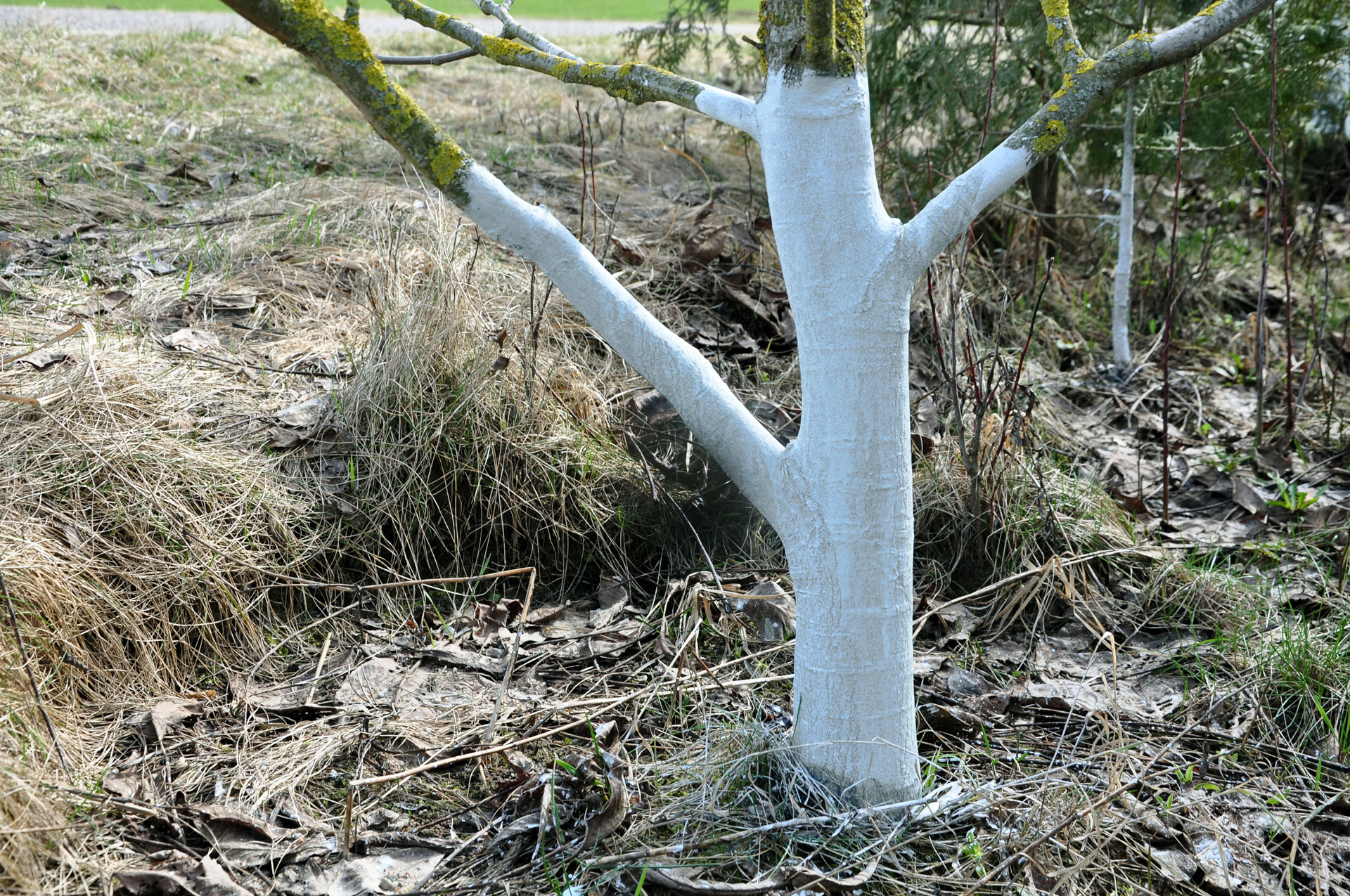
Hopefully this November we get rain in the valley, rain in the mountains and the temps turn cold. Our trees need it. Heck, our state needs it. If we don’t at least get our normal rainfall rates, we may be headed for a statewide disaster with all the water our government “officials” have released this year. No matter how brilliant we may think we are when creating nutrition plans for our growers to optimize our yields and orchard’s health, Mother Nature is still the most important part of our farming repertoire. Pardon my French… without water and adequate rest, we have to get very creative in our attempt to keep this farming dream of ours alive and sustainable.
What really happens when things cool off? If you’ve read any of my previous articles, you know how much I love to create human analogies to our farming experience. Think about running outside in the snow on Christmas morning, in Tahoe, naked. You can’t last very long out there in your birthday suit. You start to shiver, your skin gets pretty red as blood attempts to warm you up and then it all turns around. All your blood pools towards your vital organs to keep you alive and all metabolic processes stop.
That’s a bit extreme, but you get the point. The body is trying to survive. Let’s compare this to trees and get a little more detailed without taking it to catastrophic hypothermia in the buff. When it gets cold, similar metabolic processes slow way down. The carbohydrates created with photosynthesis in the leaves begin to pull into the inner network of the plant for winter storage. And the trees shed their shade, creating leaves. Phloem directional flow allows much of these carbohydrates to be stored all the way back down in the roots. If we are lucky enough to have produced enough, much of it will stay higher up in the plants as well in the spurs, buds and woody tissues where it serves a couple purposes. It’ll be more easily accessible in the spring when we need a huge flux of carbon for bloom, but it also takes the place of excess water. This works like an antifreeze for our buds. Excess carbon storage in spurs and buds is crucial for winter protection.
Sunscreen for Trees
Let’s look at it from a different perspective now. Let’s say its only 36 degrees F outside and we have clothes on (hopefully this is normally the case when running out in the snow in Tahoe. Your neighbors will appreciate it.) How many times have you seen pictures or even have personal experience skiing with ambient temps in the 30s and getting massive racoon eye sunburn marks because you forgot sunscreen? This is normally the case with both us and our trees.
I have taken numerous temperature readings in orchards when ambient air temps outside are in the 40s with bark and bud temps in the 60s. The sun heats them up. Ambient temps aren’t always the best indicator. The same thing happens with the soil. Our soil is a great insulator and keeps our roots from freezing. We rarely see temps in the soil below 50 degrees F at even eight inches in the winter. And if those temps stay higher, your roots are still foraging because the metabolic processes haven’t slowed down enough to rest. Think of this analogy: You are leaving for a long trip in the car on Monday. You fill up the tank on Friday but leave the car running all weekend in the driveway. You’re not getting very far on Monday. If we apply that to our trees, their engines run all winter and when the proverbial gas pedal is stomped in the spring, there is no N and P left for the bloom push. Let’s hedge our bet.
There have been many trials lately to increase our winter chill by applying “sunscreen” to our trees after thanksgiving and through winter. By keeping the radiation effect to a minimum, we feel we can decrease the amount of carbon used throughout winter and allow the entire tree to rest. Many “white wash” products can reflect sunlight much like zinc oxide would off our noses at the ski resort. I particularly prefer to use a refracting material that actually disperses light in multiple directions like a diamond to avoid even a point source of heat from a normal reflection type, flat material.
There are some products that can actually be applied with a low water rate on an aerial ride and will actually cost less than running rigs through the orchard. Many times, we can’t go through the orchard anyway if it has actually rained. I prefer to apply it from above whenever possible as the sun hits from those angles. I feel it has greatly helped my growers increase their chill portions the last few winters. Of course, I am always adding nutrition whenever possible. I am a CCA for Pete’s sake! Add a little nutrition to the aerial spray if it will mix with your application material to get some love in all those nooks and crannies of the buds for the spring push. Again, running the risk of sounding like a degenerate gambler, I am always trying to hedge my bet on my own trees and those of the farmers I consult for. However, since farming is basically a legalized form of gambling anyway, I guess no one will take offense to the reference.
It’s important for us as farmers to not only watch the weather, plan for the worst and make adjustments, but also to do the research to actually promote the best possible outcomes with what God gives us. Streaking outside naked to turn off the car you left running is probably not the best idea if it’s bright and sunny outside, but it will save your gas. Just remember to wear sunscreen.















